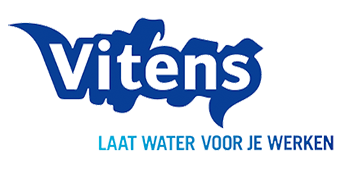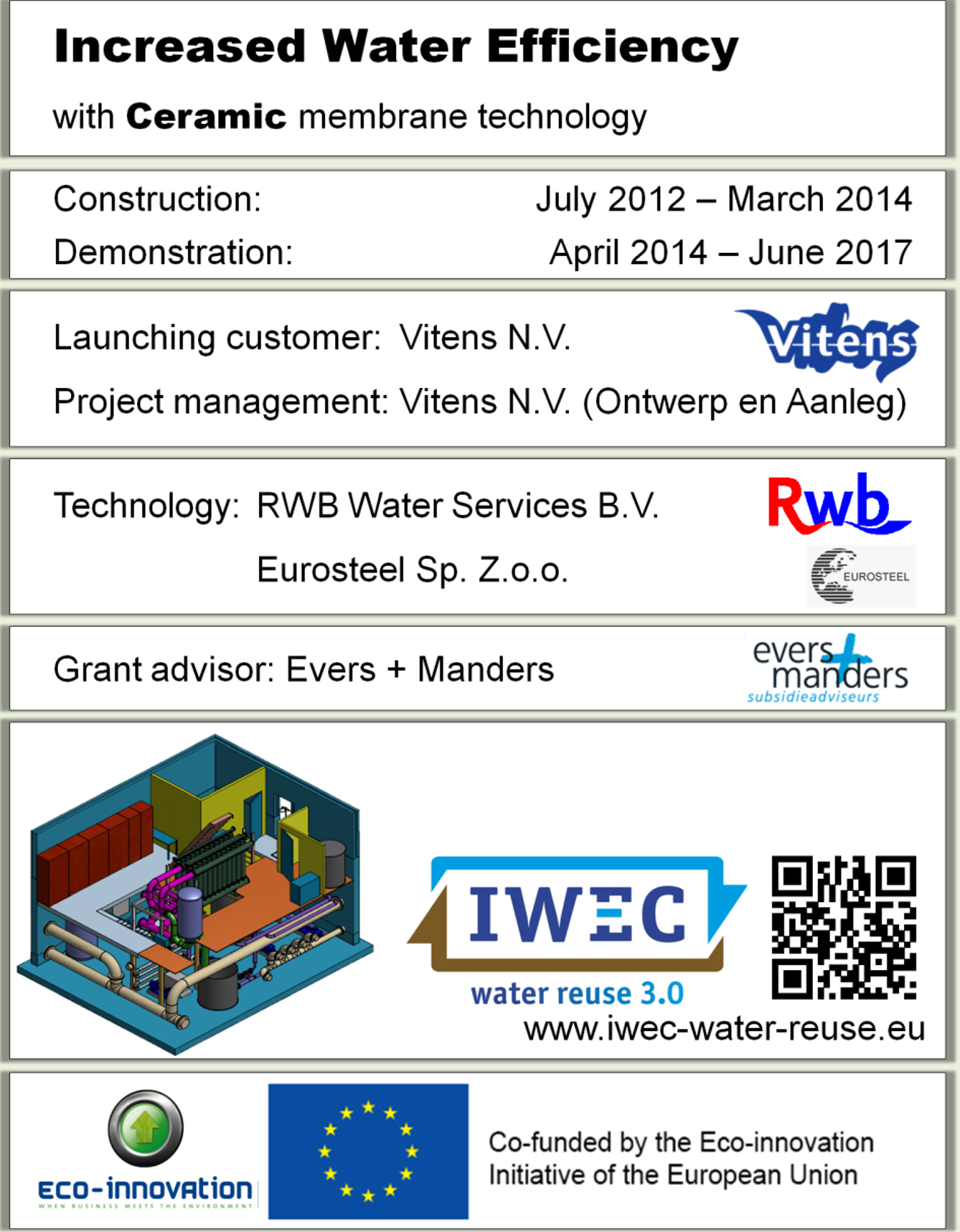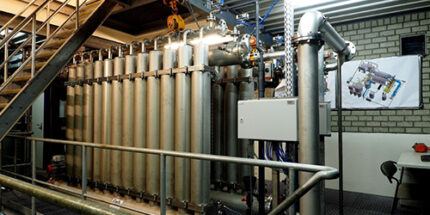Sustainable reuse of backwash water trough ceramic membrane filtration

About Vitens
Vitens N.V. is the youngest and largest water company in the Netherlands. Every year, the company supplies 330 billion liters of water from 100 production locations to the inhabitants of the provinces of Friesland, Overijssel, Gelderland, Flevoland and Utrecht via 2,3 million tap connections.
Vitens also supports the improvement of drinking water in developing countries. Vitens’ customers can always count on top-quality water at the lowest possible price. This also applies to the residents and visitors of the Frisian Wadden Islands.
Our project
The first full-scale system for reuse of sand filter backwash water with ceramic membranes (IWEC) was built as a demonstration plant at the Vitens drinking water production plant in Wierden.
This demonstration plant was built to validate the reliability, costs and savings of the system in practice.
IWEC: Increased Water Efficiency with Ceramic membranes
Reuse of backwash water means that less groundwater is needed to supply the same amount of drinking water.
With ceramic membranes, backwash water from the existing sand filters is filtered into high-quality drinking water (efficiency > 98%). By using ceramic membranes, costs are minimized due to the long life span and low energy costs.
IWEC objective and design parameters (pilot 38 months)
- Realization of a full-scale installation at the drinking water production location in Wierden
- Reuse of 1 million m³ groundwater
- Validation of 30% to 80% energy savings (compared to the current situation and to other “state of the art” technologies)
- Validating lower operational costs (compared to the current situation and to other “state of the art” technologies)

What is realized?
Our customer speaks
Groundwater is the most important source for Vitens for the production of drinking water. Most Vitens production sites have at least one sand filter step for the removal of iron, manganese and other undesirable substances in drinking water. Over time, the filters have to be flushed back. In the past, all backwash water was buffered and discharged into surface water after purification. In 1998, Vitens started to reuse backwash water at the Fledite production site.
Vitens uses three criteria for the reuse of backwash water at a production site:
1. reuse is economically feasible
2. few alternative sources
3. requirements for discharges imposed by the authorities
In the past, several pilot studies have been carried out with regard to the reuse of backwash water. Several options were investigated, varying from plate separator to different membrane systems.
For the Wierden site, six UF/MFs were tested in a parallel pilot study. The membranes varied in pore size, membrane material (ceramic and polymer), configuration (spiral wound, capillary, tubular), submerged and pressurized systems.
The combination of robustness and a double microbiological barrier was decisive. Partly because of the limited space in the existing building in mounds, we opted for the system with the smallest footprint: microfiltration with ceramic membranes.
Vitens

IWEC: Increased Water Efficiency with Ceramic membranes
At the Wierden site, up to 10% of the extracted fresh groundwater is discharged as sand filter backwash water. Thanks to the efforts of IWEC, 98% of this rinse water is recovered and converted into drinking water.
IWEC results
- Up to 98% reuse of waste water
- 81% lower energy consumption compared to state of the art technologies
- 93% reduction in consumption of chemicals compared to state of the art technologies
Downloads






